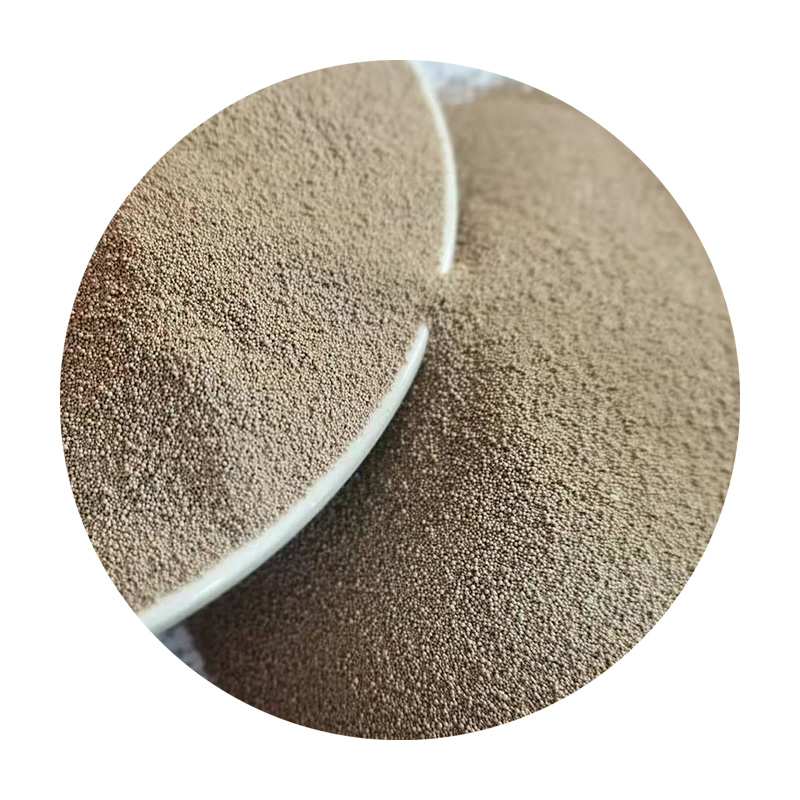The Lost Foam Casting Process An Overview
Lost foam casting is a sophisticated manufacturing technique that has gained popularity for its ability to produce complex and precise metal parts. It combines the age-old methods of sand casting with modern technologies, leading to significant advancements in efficiency and accuracy. This article explores the intricacies of lost foam casting, its benefits, applications, and considerations for manufacturers.
At the heart of the lost foam casting process lies the use of a foam pattern, typically made of expanded polystyrene (EPS). The first step involves creating a pattern of the desired part from this foam material. This pattern can be created using a variety of methods, including CNC machining or 3D printing, allowing for high levels of customization and complexity. Once the foam pattern is produced, it is coated with a fine layer of refractory material, which aids in defining the surface finish and detail of the final product.
The Lost Foam Casting Process An Overview
One significant advantage of lost foam casting is its ability to produce complex geometries that would be challenging or impossible with traditional casting methods. The result is a high degree of design freedom, enabling engineers and designers to create intricate parts with minimal machining. Furthermore, the process reduces waste, as the foam evaporates rather than leaving behind a physical pattern that must be removed.
lost foam castings

In addition to design flexibility, lost foam casting offers excellent surface finishes and tight tolerances. The process minimizes the need for secondary operations, such as grinding or machining, because the final product closely matches the desired specifications. This efficiency not only speeds up production times but also reduces overall costs, making it an attractive option for manufacturers.
Lost foam casting is utilized across various industries, including automotive, aerospace, and engineering. Components such as engine blocks, housings, and intricate brackets often rely on this technology for their production. The automotive sector, in particular, has embraced lost foam casting to develop lightweight and efficient parts that contribute to improved fuel economy and performance.
However, like any manufacturing process, lost foam casting comes with its challenges. One of the primary concerns is the control of the pouring process. Careful attention must be paid to the temperature and pouring speed of the molten metal to prevent defects such as misruns or gas entrapment. Additionally, the initial costs associated with setting up the lost foam casting process, including creating patterns and molds, can be significant, although these costs are often offset by the long-term savings achieved through reduced waste and processing time.
In conclusion, lost foam casting presents a compelling solution for manufacturers seeking to produce complex, high-precision components efficiently. With its ability to eliminate traditional pattern-making challenges, enhance design flexibility, and streamline production, this innovative method continues to play a vital role in modern manufacturing. As technology advances and the demand for intricate parts grows, lost foam casting is poised to become even more integral in various industrial applications, ushering in a new era of casting possibilities.
Post time:11月 . 19, 2024 09:18
Next:bauxite frac sand
